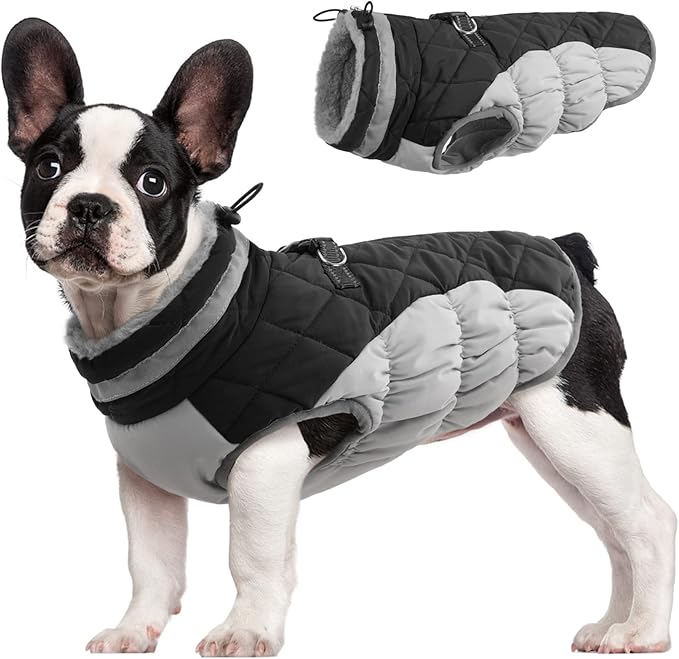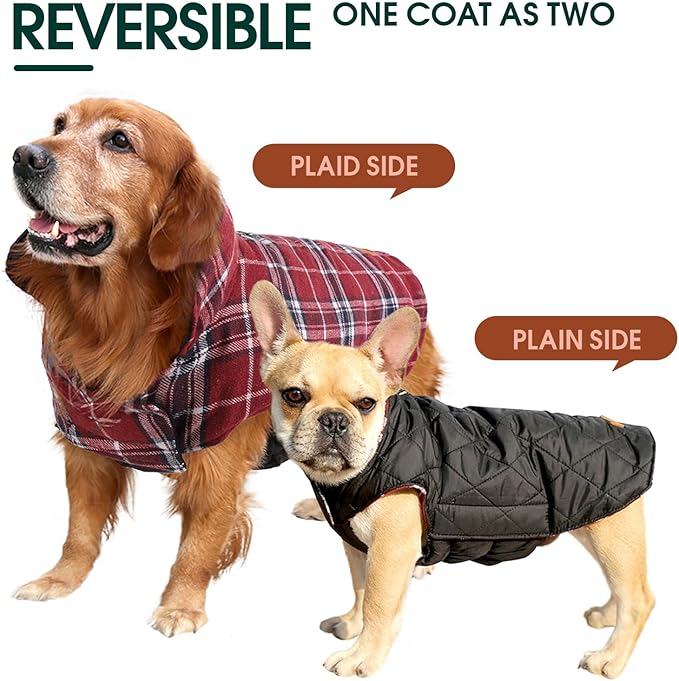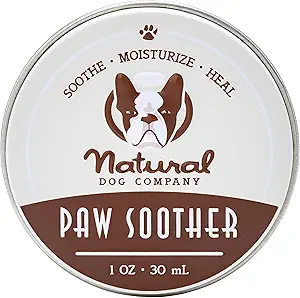This “How to Prepare Your Dog for Winter: Warmth & Safety Tips” post may contain affiliate links, which means I’ll receive a commission if you purchase through my link, at NO EXTRA COST TO YOU
How to Prepare Your Dog for Winter: Warmth & Safety Tips
As winter approaches, it’s crucial to prepare not just ourselves, but also our beloved dogs for the colder months. Winter can bring a host of challenges for pets, from harsh weather conditions to changes in their daily routines. To ensure your dog stays happy and healthy throughout the season, follow these essential tips. This comprehensive guide will cover everything you need to know, including how to keep your dog warm, maintain their health, and ensure they continue to enjoy their winter adventures.

Assess Your Dog’s Winter Readiness
Before winter truly sets in, take some time to assess your dog’s readiness for the colder weather. Start by considering their breed, age, and health. Smaller breeds, puppies, and senior dogs often need extra care during winter due to their lower tolerance for cold. Breeds with short coats or those not accustomed to cold weather might also require additional protection.
1. Provide Proper Winter Clothing
One of the first steps to keep your dog warm is to invest in proper winter clothing. While not all dogs need coats or sweaters, they can be beneficial for those with less natural insulation. Look for clothing that is both warm and waterproof to protect your dog from rain and snow. A well-fitted coat or sweater can make a significant difference in their comfort level during chilly walks.
Tip: Measure your dog carefully before buying winter clothing to ensure a proper fit. Clothing that’s too tight or too loose can be uncomfortable or ineffective.
2. Ensure Your Dog’s Shelter Is Winter-Ready
If your dog spends time outside, it’s essential to ensure their shelter is ready for winter. An insulated doghouse can help keep them warm and dry. Ensure the shelter is elevated off the ground to prevent moisture from seeping in. Adding straw or blankets inside can provide extra warmth.
For dogs that primarily stay indoors, make sure their resting area is warm and draft-free. Position their bed away from cold drafts and direct exposure to windows.
3. Keep Your Dog Active
Winter doesn’t mean your dog has to become sedentary. In fact, regular exercise remains crucial for their overall health and well-being. Adjust your routines to accommodate the colder weather, but don’t skip their daily walks. Shorter, more frequent walks might be more comfortable for your dog during the winter months.
When walking your dog, use booties to protect their paws from ice, salt, and chemicals. These can prevent irritation and injury. Additionally, consider using a reflective leash and collar to enhance visibility during shorter daylight hours.
Tip: Keep an eye on your dog’s paws and legs for signs of frostbite or irritation. Clean their paws after walks to remove any ice or salt.
4. Adjust Their Diet and Hydration
Winter can also affect your dog’s diet and hydration needs. Some dogs may require more calories to maintain their body heat, especially if they spend time outdoors. Consult your veterinarian to determine if a dietary adjustment is necessary. Ensure your dog has access to fresh, unfrozen water at all times. Proper hydration is essential, even during the colder months.
Tip: Be cautious with feeding treats that are high in fat or calories. Balance their diet to avoid unnecessary weight gain.
5. Watch for Winter Health Issues
Winter can bring specific health concerns for dogs. Be aware of the symptoms of common winter-related conditions such as frostbite, hypothermia, and dry skin. Frostbite often affects extremities like paws, ears, and tails, causing redness, swelling, and pain. Hypothermia occurs when a dog’s body temperature drops too low, resulting in shivering, lethargy, and weakness.
To combat dry skin, consider using a humidifier in your home to add moisture to the air. Regular grooming can also help by removing dead skin cells and promoting healthy fur.
Tip: Regular vet check-ups are crucial during winter to monitor your dog’s overall health and address any emerging issues promptly.
6. Plan for Emergencies
Winter weather can sometimes lead to emergencies such as severe snowstorms or power outages. Prepare an emergency kit for your dog that includes food, water, medications, and other essentials. Keep a first-aid kit handy and ensure you know the location of the nearest emergency veterinary clinic.
Tip: Make sure your dog’s identification tags are up-to-date and securely attached. In case they get lost during winter weather, proper identification will increase their chances of being reunited with you.
Conclusion
Keeping your dog comfortable and healthy during winter requires a few thoughtful preparations and adjustments. By providing appropriate clothing, ensuring their shelter is winter-ready, maintaining their activity levels, adjusting their diet, and being vigilant about their health, you can ensure that your furry friend enjoys the season as much as you do.
Winter can be a wonderful time for bonding with your dog through cozy indoor activities and fun outdoor adventures. With these tips, you’ll be well-equipped to face the season and keep your dog warm, safe, and happy.














